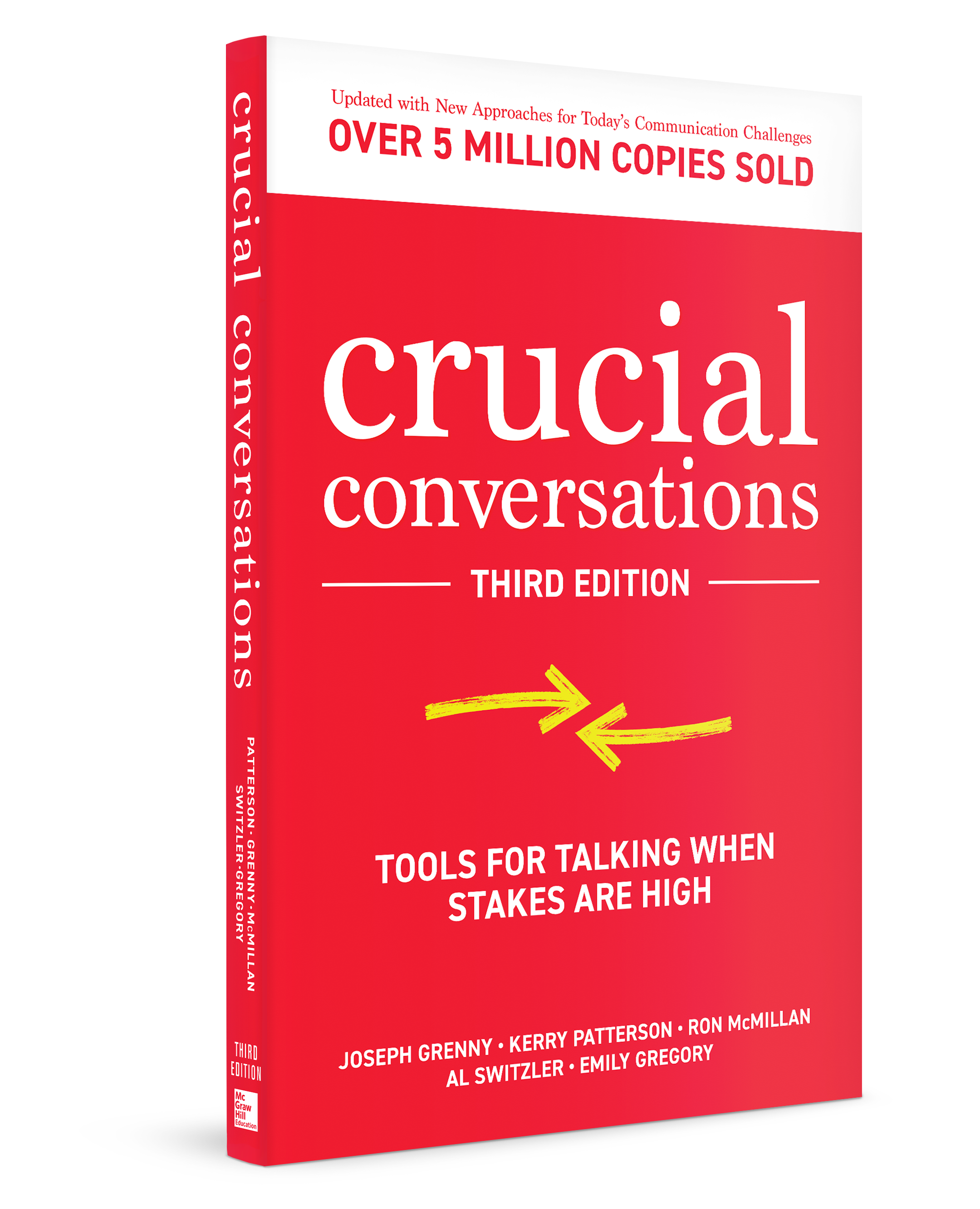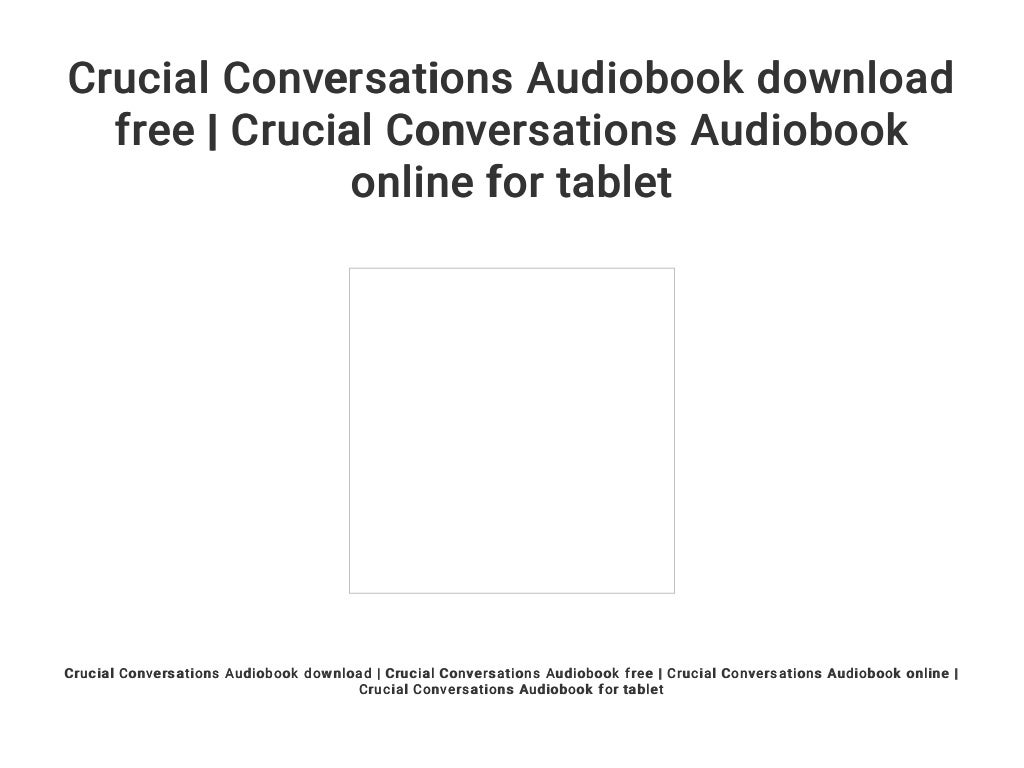

In high-stakes conversations you must be mindful of everything involved in the communication, such as, thoughts, emotions, words, voices, facial expressions and behaviours. This could be because you're used to communicating in everyday low-stakes exchanges so you have become less attentive and more automatic with your responses. Humans communicate all the time but the higher the stakes, the less likely you will handle a conversation effectively. Why does communication fail in crucial conversation?

Behavioural signs - you may avoid or engage in unhelpful behaviours, such as, leaving the conversation, becoming quiet, not saying what you really think, raising your voice and so on.Emotional signs - you will experience a strong emotional response e.g.Physical signs - you will display the physical sign of stress and anxiety, for example, sweating, increased heart rate, shallow breathing, stomach ache, dry throat, tension etc.You will display certain symptoms that will highlight whether you're involved in a crucial conversation: There are many different forms of crucial conversations, for example, you may need to deal with lazy or disrespectful colleagues or you may need to speak up when you think there is a flaw in a project proposal. The outcome significantly impacts their lives and there is significant risk of negative consequences.

What is a crucial conversation?Ī crucial conversation is a discussion between two or more people where: We discuss the tools needed to manage crucial conversations, much of this information is based on Patterson, Grenny, McMillan and Switzler's (2002) book Crucial Conversations: Tools for Talking when Stakes are High. It's a very desirable trait to employers because it saves companies time and money. Crucial Conversations Training: Summary of Techniquesīecoming effective at handling high-stakes conversations, or crucial conversations, can make work and your life in general a lot easier.


 0 kommentar(er)
0 kommentar(er)
